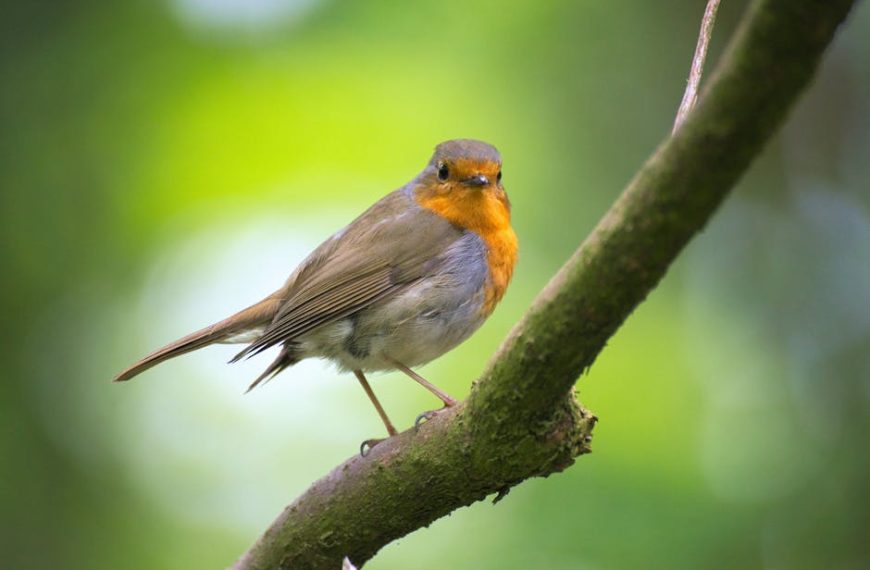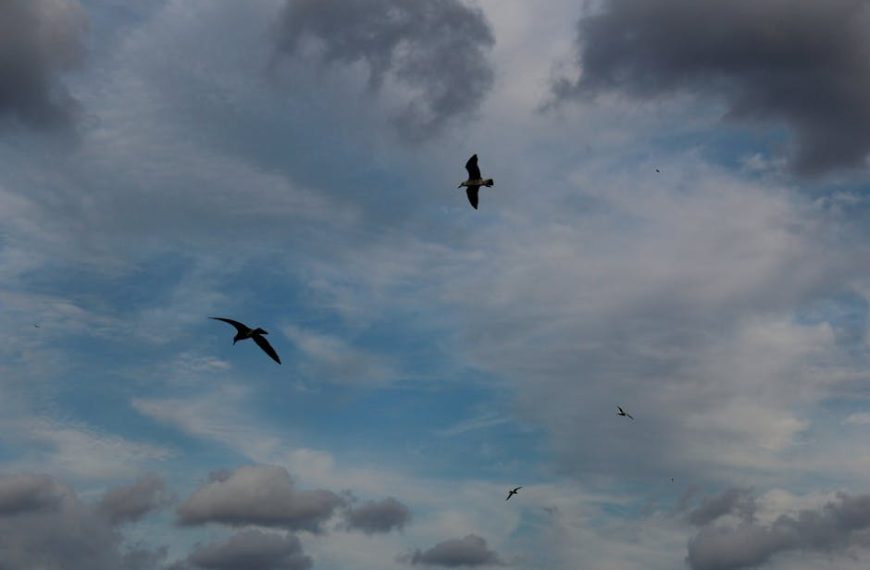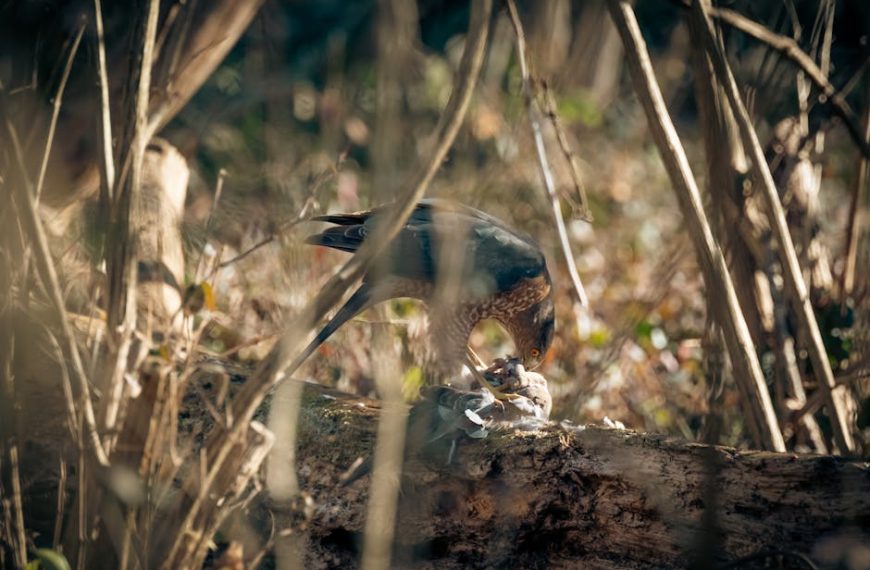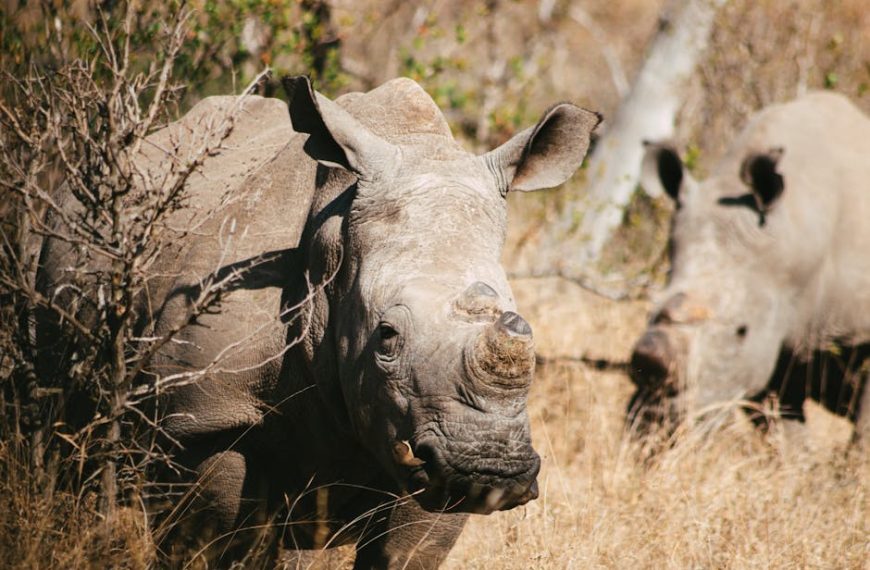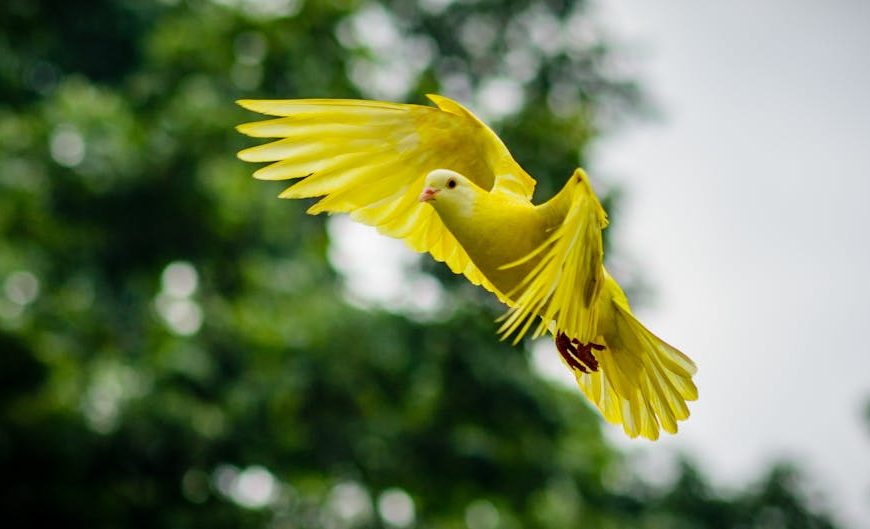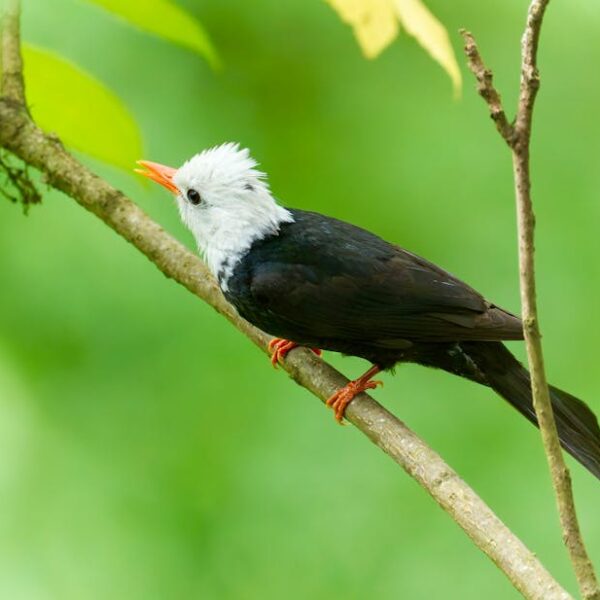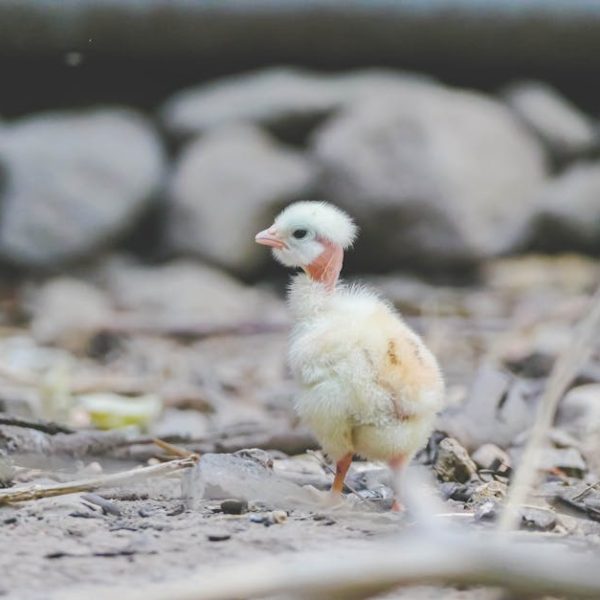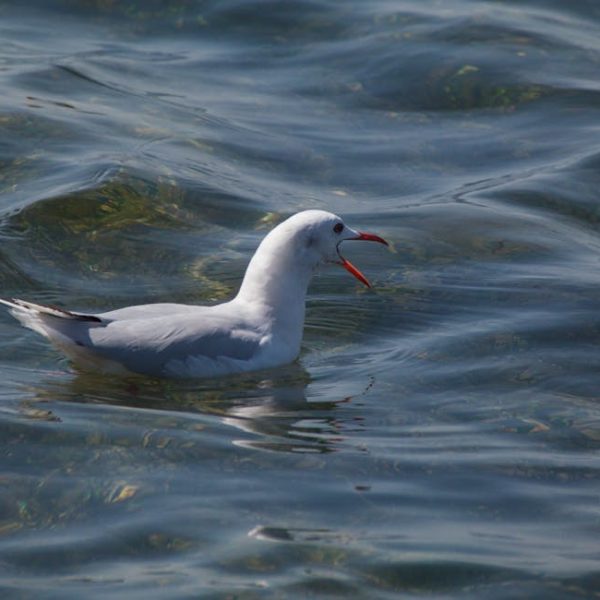Rainforests—the term alone evokes a vivid image of a world teeming with life, vibrant colors, ceaseless chatter, and dense foliage. It is a symphony of life that plays in perfect unison, with every species, large or small, playing its part. And amidst this vibrant array of life, rainforest birds emerge as some of the most iconic characters of this splendid narrative. From the resplendent plumage of the toucans and macaws to the melodious harmonics of songbirds, these avian beauties are a magnificent testament to the wealth of biodiversity that thrives in these fascinating environments.
Understanding the Rainforest Environment
Rainforests are so much more than just tropical jungles. These ecosystems are profoundly complex and serve as a cradle to a spectacular range of biological diversity because of their unique geographical, climatic, and ecological conditions. Rainforests are typically characterized by high annual rainfalls, plenty of sunlight, thriving vegetation, and a staggeringly diverse range of species.
You might be surprised to learn that rainforests exist in temperate regions too! Yes, besides the well-known tropical rainforests, we also find Montane and Temperate rainforests, each with unique characteristics and endemic life forms.
Best practices for preserving these environments:
- Reducing deforestation and illegal logging.
- Ensuring sustainable and responsible tourism.
- Supporting local economies and traditional practices that minimize environmental impact.
- Advocating for stronger environmental policies to protect wildlife and their habitats.
Exploring the Diverse Rainforest Bird Species
Just like an artist’s palette, rainforests exhibit an array of bird species that paint a captivating biodiversity portrait. Here, one can spot a resplendent Quetzal in Central America, a Rhinoceros Hornbill in the Southeast Asian rainforest, or witness the gorgeous aerial displays of paradise birds in Oceania.
Checklist of well-known rainforest bird species:
- Harpy Eagle
- Toucan
- Scarlet Macaw
- Resplendent Quetzal
- Paradise Birds
In a contrasting comparison between rainforest avifauna and those inhabiting other biomes, it’s easy to observe the superior adaptability and unique survival traits of rainforest birds—from their dazzling colors for communication and mating to their specialized beaks and claws for diet and lifestyle.
Breathtaking Bird Adaptations for Rainforest Survival
Survival in the rainforest is the ultimate test of adaptability, and these birds have aced it! Notice the Green Broadbill’s leaf-like plumage providing camouflage amid dense foliage, or see how the toucan’s large, slender beak aids in feeding on fruits from thin branches. Then there’s the Harpy Eagle, its short, broad wings allowing for swift maneuvering through densely forested areas.
List of extraordinary adaptations:
- Bright and multifarious coloration for communication and courtship.
- Specialized beaks and claws for diverse diets.
- Distinctive songs and calls for attracting mates and territorial defense.
Pro Tip: For an ultimate birdwatching experience, equip yourself with a good pair of binoculars and a field guide to bird calls—these will immensely help in spotting and identifying these elusive residents of the rainforest.
Threats Faced by Rainforest Bird Species
Despite their adaptability and beauty, rainforest birds are not immune to the threats that jeopardize their existence. Encroachment of natural habitats due to deforestation, illegal hunting, climate change, and invasive species are some major challenges that these marvelous creatures face today.
Below is a list of some of the most imperiled rainforest bird species:
- Philippine Eagle
- Helmeted Hornbill
- Javan Hawk-Eagle
- Yellow-eared Parrot
- Kakapo
Taking steps towards conservation is no longer an option but a dire need. Here are some best practices to contribute to the preservation of these species:
- Advocate for stricter wildlife protection laws.
- Support organizations engaged in conservation efforts.
- Minimize the use of products that contribute to deforestation.
- Educate yourself and others about the importance of biodiversity conservation.
Conservation and Preservation of Rainforest Bird Species
Conservation is a sustained effort, and fortunately, numerous organizations are ardently working to preserve the beautiful avifauna of the rainforest. Initiatives include habitat restoration, illegal hunting prevention, and spreading awareness about these wonderful creatures’ ecological importance.
Check out these active conservation organizations:
- BirdLife International
- American Bird Conservancy
- The World Parrot Trust
- Rainforest Foundation US
- Rainforest Trust
You, too, can be part of this noble cause. Here’s how:
Pro Tip: Whether through donations, volunteering, responsible tourism, or advocacy—every effort counts! Engage with local communities during your travels, opt for eco-friendly accommodations, and prefer tourism companies that prioritize habitat sustainability over profits.
Finally, let’s understand the pros and cons of conserving rainforests vs. exploiting them for resources:
| Aspects | Conservation | Exploitation |
|---|---|---|
| Biodiversity | Preserves diversity of flora and fauna | Risks extinction of species |
| Social Impact | Preserves indigenous cultures and traditions | Displaces local communities |
| Economic Impact | Promotes sustainable economies | Exhaustible resource exploitation |
| Environmental Health | Promotes climate stability & ecosystem balance | Leads to habitat destruction & climate change |
In conclusion, while exploiting rainforests might seem attractive from a short-term economic viewpoint, the long-term impacts on biodiversity, local communities, and the planet’s health decisively tip the scale in favor of the conservation approach. It’s a responsibility we all share—to preserve Earth’s diversity and ensure a flourishing world for future generations.
Key Takeaway:
- Rainforests, including Tropical, Montane, and Temperate types, serve as a home to a diverse range of bird species thanks to their unique geographical, climatic, and ecological conditions.
- The bird species that thrive in these environments exhibit dazzling adaptability traits, such as bright coloration, specialized beaks and claws, and distinctive calls.
- However, these species face threats such as deforestation, illegal hunting, climate change, and invasive species.
- Despite these challenges, major conservation efforts are underway, involving habitat restoration, illegal hunting prevention, and awareness campaigns. These efforts are driven by organizations including BirdLife International, American Bird Conservancy, The World Parrot Trust, Rainforest Foundation US, and Rainforest Trust.
In the journey of exploring and ensuring the survival of these avian marvels, every person’s effort counts. Whether it’s through bird watching, advocacy for conservation-focused policies, responsible tourism, or direct support to the conservation organizations – each action plays a crucial part in preserving the rich diversity of our planet. Imbibe the spirit of coexistence, cherish these spectacular creatures, and let the symphony of life continue to echo in the dense thickets of our precious rainforests.
FAQs
Q: What is a Temperate Rainforest?
A: Temperate rainforests are cool, wet forests found generally in coastal areas near cool ocean currents. They have a milder climate compared to tropical rainforests and experience all four seasons. These forests are home to an array of local species, including various bird species.
Q: Are all rainforest birds brightly colored?
A: No, not all rainforest birds are brightly colored. Although many bird species exhibit bright coloration for communication and courtship, others have subtle colors to camouflage among the dense foliage.
Q: What is responsible tourism and how can it help conservation?
A: Responsible tourism is traveling in a manner that respects and benefits the local people, economy, and environment. It can significantly contribute to conservation efforts by promoting sustainable practices like minimizing waste, supporting local economies, and avoiding disruption to wildlife.
Q: How does climate change threaten rainforest bird species?
A: Climate change threatens bird species by altering and destroying their habitats. It can lead to changes in rainfall patterns, increase in temperatures, and occurrence of extreme weather events, which affect the availability of food and nesting sites for birds.
Q: Can I contribute to the conservation of rainforest bird species even if I live very far from any rainforest?
A: Yes, you absolutely can! Even from a distance, you can support conservation efforts by contributing donations to conservation organizations, advocating for stronger environmental policies in your own country, minimizing the use of products leading to deforestation, and spreading awareness about the importance of biodiversity.
Please share this article with your friends and family to help spread the word about the importance of conserving our rainforest’s bird species. You can also explore more articles on our website to expand your knowledge about our planet’s wonderful biodiversity.

